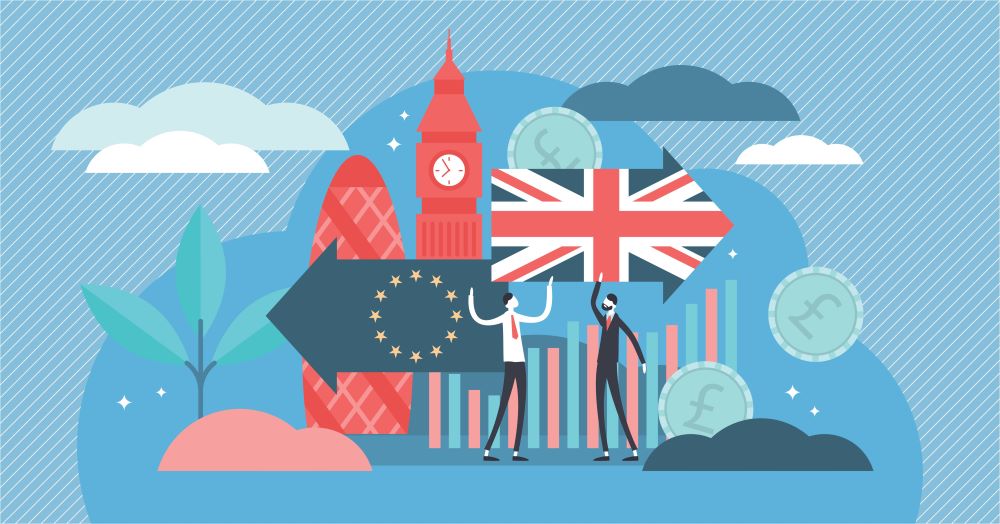
In the tense pas de deux that is negotiating an EU-UK free trade deal, prime minister Boris Johnson has made his most audacious move yet.
This week his government will publish the Internal Market bill with clauses that override aspects of the Withdrawal Agreement – in particular, special trade arrangements for Northern Ireland – that ministers signed at the end of last year.
Johnson stoked these tensions today by vowing to walk away from the trade talks in five weeks’ time unless the EU “rethinks” its demands, saying a no-deal would be a “good outcome”.
‘Normal negotiation tactic’
Political posturing or not?
IOE&IT director general Marco Forgione called for calm when he told BBC Radio Cambridgeshire today that: “people shouldn’t get too agitated by the noises coming from the UK government – this is the normal course of a negotiation. Both sides will want to flex their muscles to get the best possible outcome”.
Yet Johnson’s remarks nonetheless feel like a gauntlet being thrown down, with the spectre of no-deal feeling more real than ever.
Data decision time
To help you decide which side of the ‘deal or no deal’ argument you’re on, the IOE&IT content team trawled the Commons library for the following nuggets of 2019 data.
- The EU as a bloc is the UK’s largest trading partner
- In 2019, UK exports to the EU were £300 billion (43% of all UK exports).
- UK imports from the EU were £372 billion (51% of all UK imports).
- The share of UK exports accounted for by the EU has generally fallen over time from 54% in 2002 to 43% in 2016, though this increased slightly to 45% in 2019
- The share of UK imports accounted for by the EU fell from 58% in 2002 to 51% in 2019
- The UK had an overall trade deficit of £72 billion with the EU in 2019
- Services accounted for 43% of the UK’s exports to the EU in 2019
- A surplus of £23 billion on trade in services was outweighed by a deficit of £95 billion on trade in goods
- There are currently no tariffs on goods traded between the UK and EU – the UK is scheduled to continue to use the EU’s Common External Tariff until 31 December 2020, when it will be replaced by the UK Global Tariff
- With no EU deal, the UK’s trade with the EU would default to World Trade Organisation (WTO) terms on 1 January 2021
Focus on food
(with thanks to Which? magazine)
- The UK produces around half of the food it consumes, with 30% imported from the EU.
- In particular, the UK produces 80% of the beef and cheese we eat, 93% of green peas and 97% of potatoes
- However, most (99%) of the spinach we consume comes from the EU, as do 92% of peaches and nectarines
- Nearly 100% of our coffee and 90% of our bananas (bent or not) come from outside the EU



